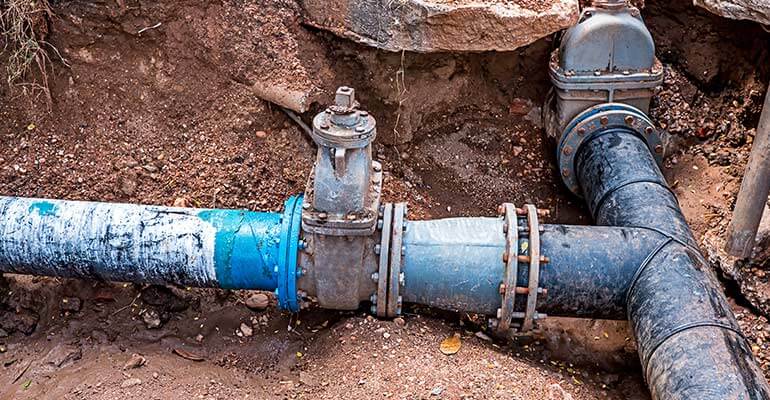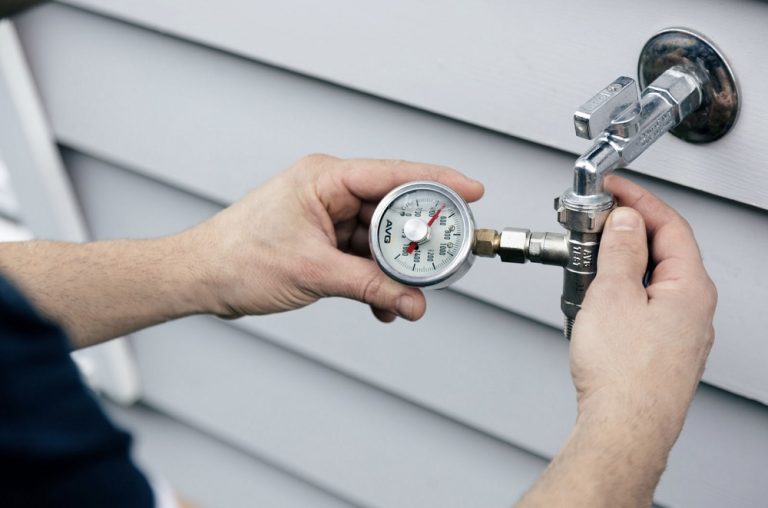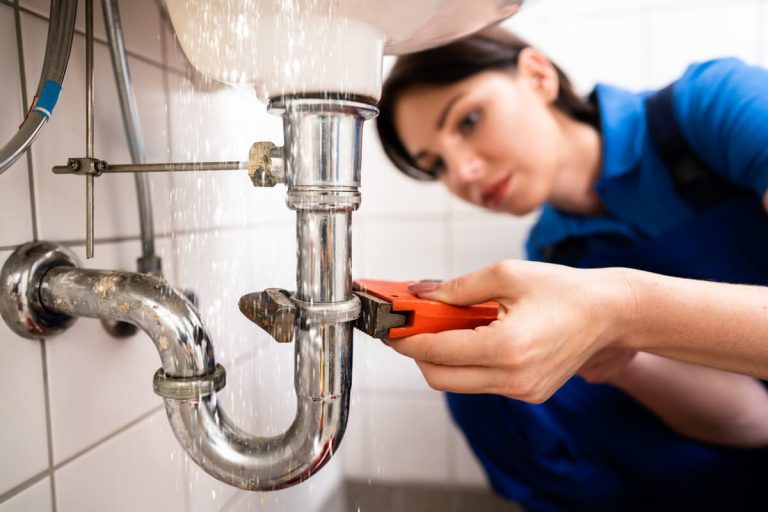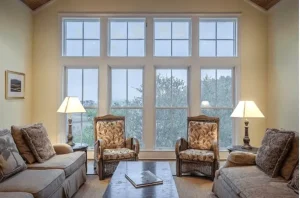In the realm of plumbing, there is a constant push to balance efficiency, reliability, and long-term functionality. When it comes to maintaining a plumbing system, two critical components frequently come up in conversation: fixtures and the sewer system. While they serve different purposes, both are equally important to the overall health and performance of a home’s plumbing infrastructure. However, the question arises—what works best in plumbing: the fixtures or the sewer system?
To understand which of these plays a more pivotal role, it’s necessary to take a deeper look at their respective functions, how they work in tandem, and the potential for problems associated with each. This exploration will not only clarify the distinct roles of fixtures and sewers but will also help homeowners and plumbers alike to make better-informed decisions regarding maintenance and improvements in their plumbing systems.
Fixtures: The Visible Heroes of Plumbing
Plumbing fixtures are the components of a system that we interact with directly on a daily basis. These include faucets, showerheads, toilets, sinks, bathtubs, dishwashers, and water heaters—essential elements for ensuring comfort and convenience in any modern home. Fixtures are designed to manage the flow of water, allowing us to carry out necessary tasks like bathing, cooking, and cleaning.
The key to a fixture’s success lies in its ability to regulate water pressure, conserve water, and provide ease of use. When installed correctly, fixtures enhance the performance of a plumbing system by offering consistent water flow and pressure while minimizing leaks or malfunctions. Modern fixtures often come equipped with features that reduce water consumption, which is crucial for homeowners looking to cut down on utility bills and contribute to sustainability efforts.
Types of Fixtures and Their Roles:
-
Faucets: Found in kitchens and bathrooms, faucets regulate the flow of water for washing hands, dishes, and other daily tasks. They are often equipped with temperature controls and may include water-saving technologies like aerators.
-
Toilets: Toilets are vital for waste removal, and their functionality impacts the efficiency of the plumbing system. Low-flow toilets, for example, have become popular as they use significantly less water per flush than traditional models.
-
Showerheads and Bathtubs: These fixtures are responsible for providing a comfortable bathing experience. Newer models feature water-efficient designs that maintain adequate water pressure while reducing consumption.
-
Dishwashers and Washing Machines: These appliances connect to the plumbing system to use water for cleaning dishes and clothes. Their efficiency in water usage is becoming a more significant consideration with advances in technology.
In recent years, fixtures have evolved to focus on efficiency. From water-saving technologies like low-flow faucets to motion sensors that reduce unnecessary water use, these innovations are designed to lower water bills, reduce waste, and conserve resources.
The Sewer System: The Unseen Backbone of Plumbing
The sewer system, in contrast to the fixtures, functions more behind the scenes. It is responsible for removing wastewater from the home and transporting it to the appropriate treatment facility or septic system. While fixtures handle the entry of water into the home, the sewer system ensures that wastewater is safely disposed of without causing any environmental or sanitary issues.
Sewer systems vary depending on whether a home is connected to a municipal system or uses a private septic system. Both systems share the common goal of safely removing waste from the property, but their construction, maintenance, and operation can differ significantly.
How the Sewer System Works:
-
Municipal Sewer Systems: Most urban and suburban homes are connected to a city’s central sewer system, which carries wastewater from multiple properties to a centralized wastewater treatment plant. The pipes are typically made of durable materials like PVC or cast iron, and they are designed to handle both sewage and wastewater. After treatment, the water is either safely returned to the environment or repurposed.
-
Septic Systems: In rural or undeveloped areas, homes may rely on a septic tank and drain field system. Wastewater is directed into a large tank where solid waste settles, and the liquid is filtered through soil before it is safely returned to the groundwater. Septic systems require regular maintenance to prevent clogs, backups, and contamination of the surrounding environment.
Regardless of the system type, the sewer network works continuously to keep waste safely contained and moved away from living spaces. However, it’s often overlooked until a serious problem arises, such as a clog, leak, or sewer backup.
Fixtures vs. Sewer: The Dynamic Relationship
At first glance, fixtures and the sewer system may seem unrelated, but they work together to ensure that water flows efficiently in and out of the home. Fixtures are the entry points, providing water for daily use, while the sewer system serves as the exit, carrying away waste. If either component malfunctions, the results can be disruptive, unsanitary, and costly.
1. Performance and Efficiency:
Fixtures tend to be the more visible and immediately noticeable aspect of plumbing, especially when something goes wrong, such as a leaky faucet, clogged toilet, or malfunctioning dishwasher. These issues can be inconvenient, and while they may not always require significant repairs, they can waste large amounts of water. This inefficiency directly impacts the homeowner’s utility bills.
The sewer system, though less conspicuous, plays a crucial role in the overall functioning of plumbing. A well-maintained sewer system ensures that wastewater is disposed of properly, preventing hazardous backups and costly repairs. Sewer problems often go unnoticed until a significant issue arises, such as a burst pipe or blockage, which can result in flooding or serious contamination risks.
2. Maintenance and Repair Costs:
While the cost of maintaining and repairing fixtures may seem more frequent and straightforward, sewer-related issues can be much more costly. Sewer line clogs, tree root intrusions, and pipe corrosion are examples of problems that can escalate rapidly, resulting in expensive repairs and long-lasting disruptions. Moreover, repairs to sewer systems often require excavation or specialized techniques, making them far more expensive than repairing or replacing a fixture.
Fixtures, on the other hand, are generally easier to replace or fix. With the advent of new technologies, such as smart faucets, water-saving showerheads, and self-cleaning toilets, upgrading fixtures can often result in long-term savings by improving water efficiency and reducing maintenance costs.
3. Sustainability and Water Conservation:
Fixtures are at the forefront of efforts to conserve water. With increasing awareness of environmental challenges, modern fixtures are designed with sustainability in mind. Water-efficient toilets, faucets, and showerheads help homeowners reduce their water usage, leading to lower water bills and a smaller environmental footprint.
The sewer system’s contribution to sustainability lies in its capacity to effectively transport and treat wastewater. While it may not directly conserve water in the same way fixtures do, the proper disposal and treatment of wastewater are essential for preserving the ecosystem. Municipal sewer systems also help to prevent contamination of local water sources by treating wastewater before releasing it back into the environment.
Which Works Best?
Ultimately, both fixtures and the sewer system are equally important in maintaining an efficient, functional, and sustainable plumbing system. The best solution for a homeowner or property manager depends on the specific needs of the property, the age and condition of the plumbing, and the desired outcomes.
In terms of daily impact, fixtures provide immediate comfort, convenience, and water management. They are more likely to require regular attention, whether through upgrades to energy-efficient models or repairs due to wear and tear. On the other hand, the sewer system, while often invisible, works quietly in the background to ensure the safe disposal of wastewater and the prevention of health hazards.
To keep both systems functioning optimally, regular maintenance is essential. Plumbing fixtures should be inspected for leaks, wear, and water efficiency, while sewer systems should be checked periodically for blockages, tree root intrusion, and signs of pipe deterioration. A balanced approach that focuses on both fixtures and the sewer system will ensure that your plumbing infrastructure works in harmony, delivering reliable performance and minimizing long-term costs.
Conclusion
In the world of plumbing, the choice between fixtures and the sewer system is not one of superiority, but of interdependence. Fixtures and sewers are two sides of the same coin, working together to deliver water into your home and safely dispose of wastewater. By investing in both components—upgrading fixtures for efficiency and maintaining the sewer system for optimal performance—you can create a plumbing system that not only works well today but remains efficient, durable, and sustainable for years to come.















